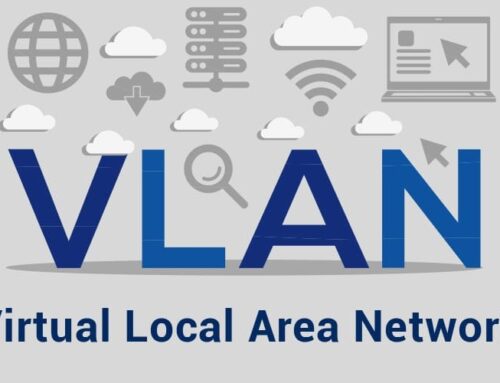
What is CASB? The Role of CASBs in SASE dominated future.
What is CASB? The role of CASBs in SASE dominated future.
A cloud access security broker (CASB) is an on-premises or cloud-based security policy enforcement point that is placed between cloud service consumers and cloud service providers to combine and interject enterprise security policies as cloud-based resources are accessed
What are the Four pillars of CASB?
These are the foundational building blocks of any CASB solution. All pillars are required to have an effective program.
1. Visibility
Companies need visibility and control across both managed and unmanaged cloud services. Rather than take an “allow” or “block” stance on all cloud services, cloud brokerage should enable IT to say “yes” to useful services while still governing access to activities and data within services. This could mean offering full access to a sanctioned suite like Microsoft 365 to users on corporate devices, but web-only email to users on unmanaged devices. It could also mean enforcing a “no sharing outside of the company” policy across a category of unsanctioned services.
While cloud security is the key focus of a cloud access security broker, another value provided is helping you get your arms around cloud spend. A CASB can help you discover all cloud services in use, report on what your cloud spend is, and find redundancies in functionality and license costs. A CASB can produce valuable business and financial information as well as protection.
2. Compliance
Compliance is a major consideration when organizations decide to move their data and systems to the cloud. These compliance standards are meant to ensure the safety of personal and corporate data, and ignoring these concerns can lead to dangerous and costly breaches.
Cloud access security brokers can help ensure compliance in the cloud whether you are a health organization worried about HIPAA or HITECH compliance, a retail company concerned with PCI compliance, or a financial services organization needing to comply with FFIEC and FINRA. A CASB can help safeguard your company against costly data breaches by maintaining the data regulations set by your industry.
3. Data Security
Accuracy comes from using highly sophisticated Cloud DLP detection mechanisms like document fingerprinting, combined with reducing detection surface area using
context (user, location, activity, etc.). When sensitive content is discovered in or en route to the cloud, the cloud access security broker (CASB) should allow IT the option of shuttling suspected violations efficiently to their on-premises systems for further analysis.
Deeper research on threat observations aids your company in identifying and stopping malicious activity before it escalates, a CASB can act as a gatekeeper and facilitate this. Expert on both IT needs and business practices, CASBs take a skilled approach to sharpen an organization’s security.
4. Threat Protection
Organizations need to ensure their employees aren’t introducing or propagating
Cloud malware and threats through vectors such as cloud storage services and their associated sync clients and services. This means being able to scan and remediate threats across internal and external networks, in real-time when an employee tries to share or upload an infected file. This also means detecting and preventing unauthorized user access to cloud services and data, which can help to identify compromised accounts.
A CASB can defend an organization against a host of cloud threats and malware. It’s vital for your company to avoid threats that are capable of combining prioritized static and dynamic malware analysis for advanced threat intelligence.
The Role of CASBs in SASE dominated future
With the recent and massive shifts over to the cloud, CASB technology is morphing into something bigger than itself. Combined with other technologies such as data loss prevention and Next Generation Secure Web Gateways, CASB is molding into just one piece of what is known as Secure Access Service Edge (SASE) architecture.
SASE combines multiple security and networking technologies to provide comprehensive web and cloud security without the hiccups of traditional perimeter security, such as latency and lack of context into data usage.
What this means is that a singular focus on CASB is no longer an option for companies. It’ll require a combined approach of multiple tools in which CASBs are just a small sliver of this security strategy.






